The support for tomatoes con il filo is a simple technique to implement and very efficient from an agronomic and practical point of view. As we know, there are several techniques available for tie the tomatoes and accompany the orderly and luxuriant growth of the plant. For example, there are those who support tomatoes using stakes (typically reeds) for each single plant, many others use support poles and tie them horizontally with wire or reeds.
The technique that we are showing you today is a bit of a middle ground, since it always includes support poles, but the tying with the wire is done on each single plant and vertically. It is a tying technique that is used above all in tomato cultivation in greenhouses, but which is well suited to the home garden in the open field. So let’s see the different steps to put it into practice.
What is needed to make the support of the tomatoes with the wire
The material needed to set up this support system for tomatoes is very simple and consists of a few elements that can be purchased in hardware stores or specialized stores. Of course, the exact amount of material depends on how many rows of tomatoes you plan to grow in your garden. Anyway, here’s what it takes to tie tomatoes vertically:
How to proceed with the fixed structure
Now let’s see how to make the support structure for the tomatoes, starting with the “fixed” elements and assuming that you have to cover a 10 m row, in a field where there is drip irrigation system.
In order not to risk damaging the plants, it would be better to make the structure before transplanting tomatoes in the fieldhowever, with greater caution, it can also be done later.
The header posts
In practice, at the beginning and at the end of the row the head poles are planted (in wood or iron). These must be very robust and buried at least 50 cm deep, with 2.5 m high (therefore 3 m pole).
It is convenient to slightly tilt the poles outwards, so that there is space to stretch and pull the wire without embarking the structure and, subsequently, to support the weight of the tomatoes. To make it more solid, tie rods can be placed behind the posts.
The wire
Once the poles are placed, the steel wire is put from one pole to the other. The wire must be tight enough, so it must be fixed to the wire tensioners (tie rods) at the top of the support poles at the ends of the row.
The intermediate posts
Once the wire has been tensioned, the intermediate support poles can be placed. In our hypothesis of a 10 m long row, one is enough in the middle of the row. The intermediate pole is essential to divide the weight along the wire and avoid bending in the center of the structure.
That’s all, our structure is ready, we assure you that it is much easier to do it than to describe it. So a very simple and essential structure.
Now let’s see how to tie tomato plants vertically with wire.
- Head post and tie rod
- Intermediate support pole for tomatoes
Post-transplant ligation
Post-transplant, you will need to use wire to support the tomatoes. To proceed with the operations, it is advisable to prepare as many pieces of wire for how many plants we need to tie. Assuming a structure with a height of 2.50 m, 3 m pieces of wire are cut.
When the plant is 20-30 cm high we can proceed with the knot at the base of the collar. We will make a simple 8-point knot, so let’s avoid the slip that risks strangling the shaft. Sufficient space must remain between the knot and the stem to increase the diameter of the stem itself.
Once the plant has been tied, we attach the polypropylene thread to the steel one, making a bow knot. The wire must have the right tension, i.e. taut enough to support the plant, but without tearing it from the ground.
- Knot to the stem of the tomato plant
- Tying to support the tomatoes
Support for plants during the cycle
During the crop cycle, the support for the tomatoes tied with the wire must be carried out progressively, as the plant grows. In other words, we will grow the plant around the wire. There are two ways to keep the plant attached to the wire.
The first is to turn it around the wire itself, paying great attention to make the wire rest on the leaves and not on the flowers, which could get damaged. Every 20 cm there is a turn. The other system is to use special and practical clips, which anchor the main stem of the plant to the wire, which rises vertically and in tension.
- Plant fixing by clip
- Clip fixing
- Support for tomatoes with growing plants
The importance of leaf removal
This tomato support system goes well with the regular fowling operation, or rather the removal of the “shoulders” that arise at the axil of the leaves. The vertical wire system works well if the plants grow with a single main stem.
Advantages of support for tomatoes with wire
Supporting tomatoes with wire has undoubted advantages. First of all, it is simple and inexpensive to deploy. It is also quick to maintain and allows you to cultivate a field of tomatoes in an extremely orderly and visually attractive way. An ordered field facilitates all cultivation operations (scacchiatura, mulch, weedingorganic treatments, etc.), especially the collection.
It is used above all on tomato varieties with indeterminate growth and allows to extend the useful life of the plants to the maximum.
We thank the friends of Unlike Farm for photos in the field and collaboration with our team.

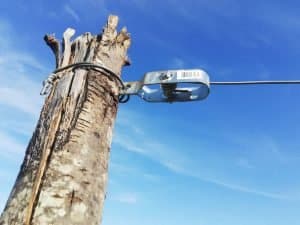
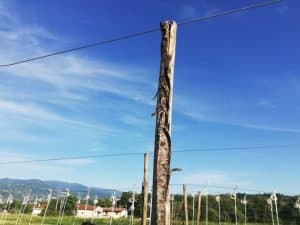
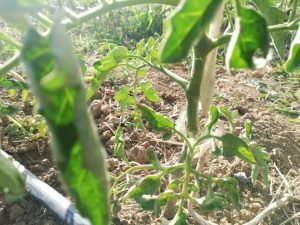
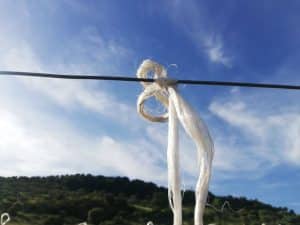
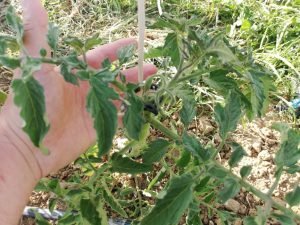
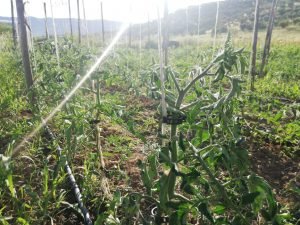
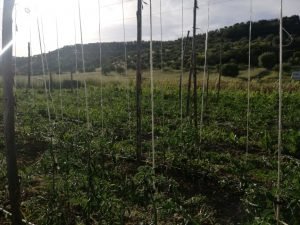


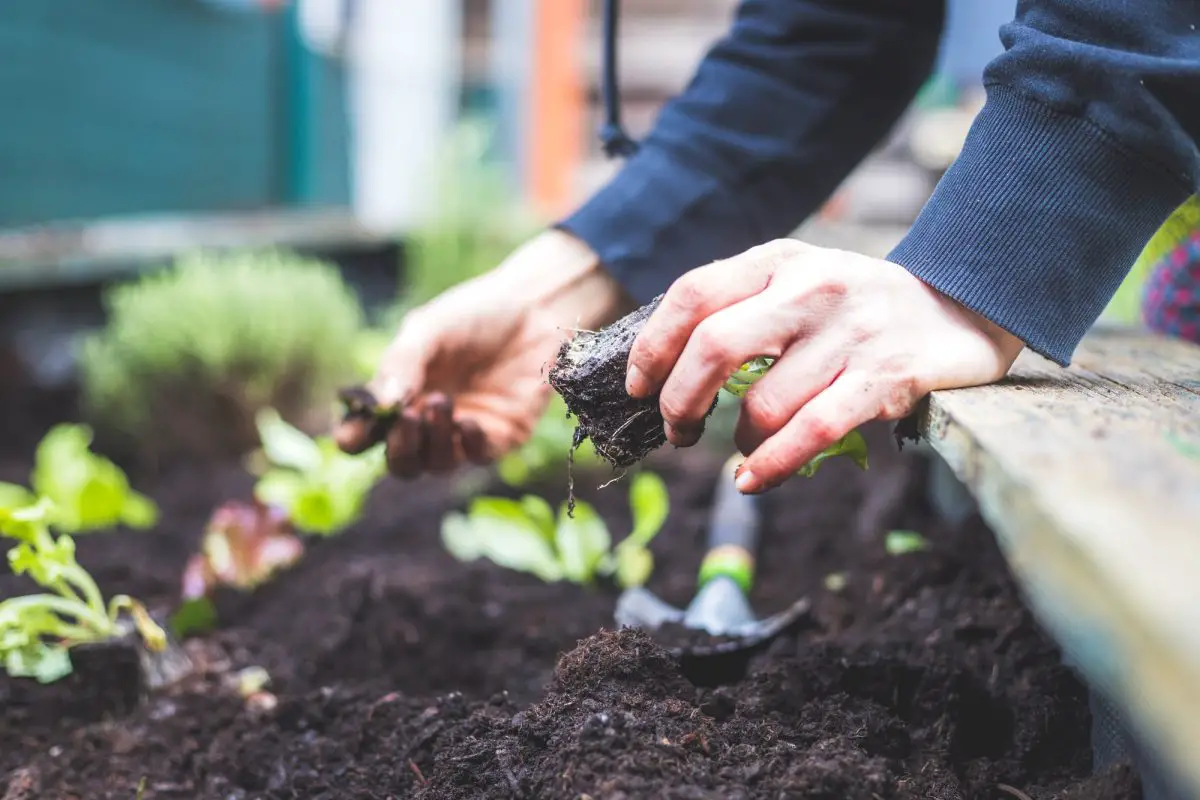
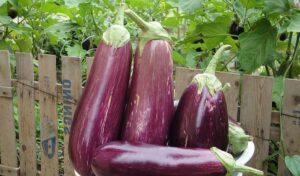


Start a new Thread